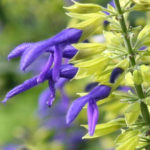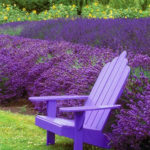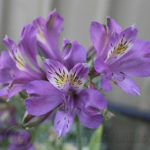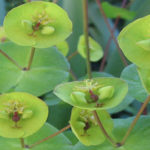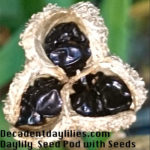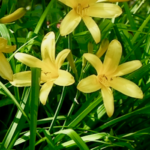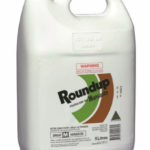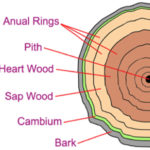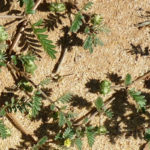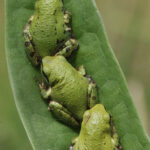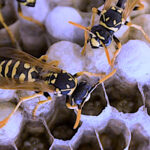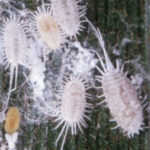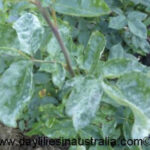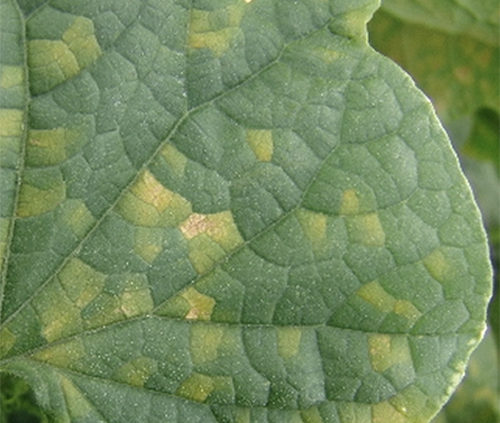
Downy Mildew Disease Control Tips
Downy Mildew How To Control the Disease
 Downy mildew is a common problem that springs up in your garden during spring time. It is not very easily diagnosed and can cause serious damage to the plants. Downy mildew can even stunt a plant.
Downy mildew is a common problem that springs up in your garden during spring time. It is not very easily diagnosed and can cause serious damage to the plants. Downy mildew can even stunt a plant.
What are Downy Mildew Symptoms?
Downy mildew is a common name given to numerous types of oomycete microbes that affects the plants. They are caused by parasitic organisms that are having a relation with algae. They cause white to yellow patches on the top surface of the older leaves of a plant. The underside of the leaves is covered with white to grey colour parasites that looks like cotton. They appear more after heavy dew or rain and will disappear right after the sunny weather starts. If the downy mildew is left untreated, it can spread all over the leaves and finally make the leaves to turn brown and crisp. It will make the leaves to fall off from the plant even if the plants are well watered. The most favourable temperature for the spore production is lesser than 65ºF and the humidity must be reaching close to 100%. The fungus can be carried to other plants through wind, insects, gardening tools or rain. It needs water and cooler temperatures for its survival. Leaf loss is one of the easy ways to find out if your plant is affected. Many plants can be affected with downy mildew some of these are grapevines, pumpkins, melons and cucumber leaves. The disease can be found on many other plants and vegetable leaves as well.
How to Control?
As downy mildew hates dry weather, it would be ideal for you to not water the leaves of the plant till late in the afternoon in cooler regions. Mildew loves water and you can prevent it from spreading by not watering the plants from below. Water must not sit on the leaves of the plant as the downy mildew can use it to easily spread to the other parts of the plant. The fungal spores spread over the water easily and can easily affect the other live plants that they come across in water.
Some of the other things you need to take care of in order to prevent the menace that downy mildew can cause in your garden.
- You should keep your garden area very clean and neat. Remove all the dead plant materials in your garden during the autumn to prevent the downy mildew disease from showing up in the following spring.
- If at all your plants are affected, it is advised that you treat it using organic stuff. As downy mildew is not a fungus, it is not worth trying out fungicides on the affected plants. The best way is to eliminate moisture and humidity surrounding the plant.
- Make sure that you do not overfeed plants with nitrogen fertilisers. One effective way to knock the downy mildew down is by mixing three parts of full cream with 10 parts of water and then spraying this milk on the affected areas.
It is better to pick and remove all fallen leaves of plants and dispose them off. Decomposing affected leaves can cause further problems.


